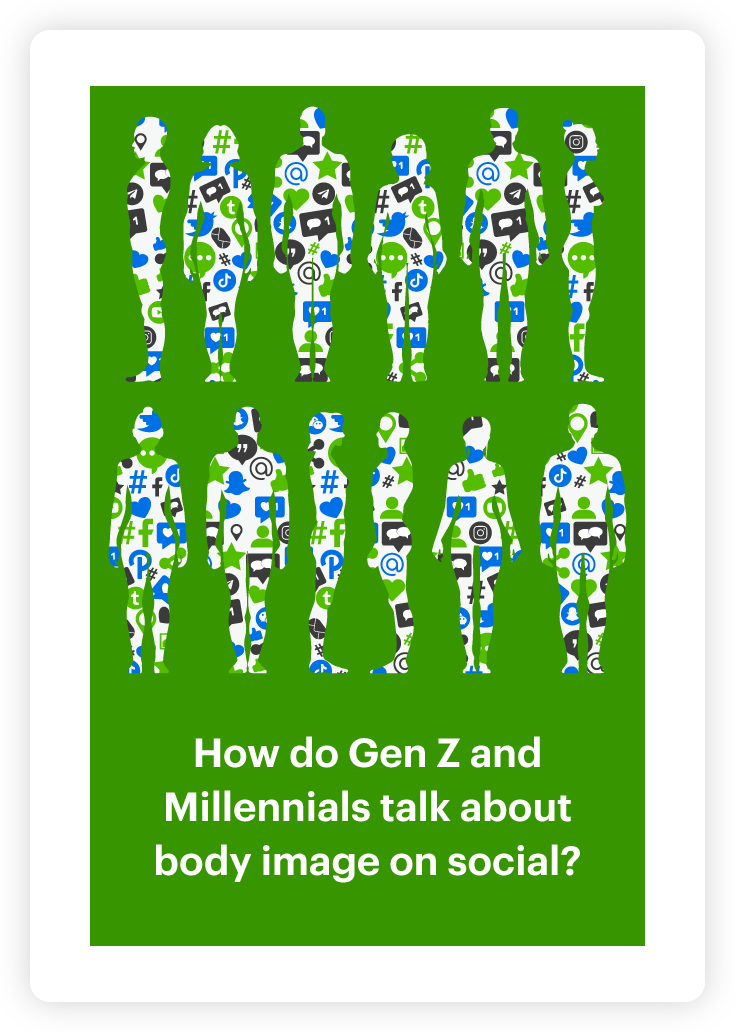What can I learn from social listening data?

A 2018 Research World article sought to understand why a mass shift to social media analysis-led market research had yet to take place. Surely market researchers would be eager to tap into the vast sea of data created by social media users?
Chief among the reasons cited by the author of this research were concerns over trust in the analysis provided by social listening tools, in particular regarding the quantification of sentiment, and the inability to select the sample population similarily to focus groups and other traditional methods of market research.
Two years and a global pandemic later, many of these concerns still echo within the insights community. But with COVID-19 making focus groups and other forms of in-person market research increasingly difficult, there is no better time to start tapping into all the insight potential social listening data offers.
The benefits of social listening data
We can’t argue against the value of focus groups or online communities where you can curate an audience that closely resembles your target customers. While social listening analysis doesn’t provide the same kind of captive audience as these other methods, it does offer a few notable benefits.
First, the population that can be accessed through social listening is far larger than the pool of people who participate in focus groups, or other traditional methods of market research. This means that social data allows you to work with a larger and potentially more representative sample. Social listening tools make this data quick and relatively inexpensive to access. This provides on-demand access to data, compressing your research cycle and enabling greater responsiveness to changes in consumer attitudes.
Secondly, social data in most cases contains organically generated opinions – raw, unfiltered and not in response to carefully curated questions. This means less bias and more authentic insights.
Social data meets Relative Insight
Relative Insight can supplement your social media analysis by providing an additional layer of analysis that goes beyond frequency and sentiment analysis. While social listening tools provide sentiment analysis on a negative-neutral-positive spectrum, Relative Insight can take it further, providing advanced emotional classification.
While the potential use cases are endless, we see social data being analyzed in Relative Insight’s platform in three key areas:
Topic or brand analysis
Understand the discussion of a topic over time, across geography or between demographic groups. This approach can be used to support product development, marketing campaigns and customer segmentation strategies.
Campaign effectiveness
Understand the impact of your advertising efforts by comparing social media discussion of your brand before and after the campaign launch. Advertising doesn’t always immediately translate to sales and measuring brand-building effects can be a real challenge for marketers. Looking for changes in public discussion of your brand can be an effective solution to this challenge.
Competitor comparisons
It’s not always an easy task to fully understand the market landscape and define exactly where your brand fits in. Comparing mentions of your brand against those of your competitors can help you understand your position in the market. This can uncover the things that makes your brand unique, in order to inform marketing strategy and product development.
Relative Insight can analyze any source of language data, providing scalable qualitative analysis and a new method of market research and insight generation.
- Here’s a podcast that you might like – have a listen to Technology Advice‘s B2B Nation, a series that is devoted to new methodologies for marketeers.
Request a demo today to learn how Relative Insight can help you tap into the power of social listening data.
